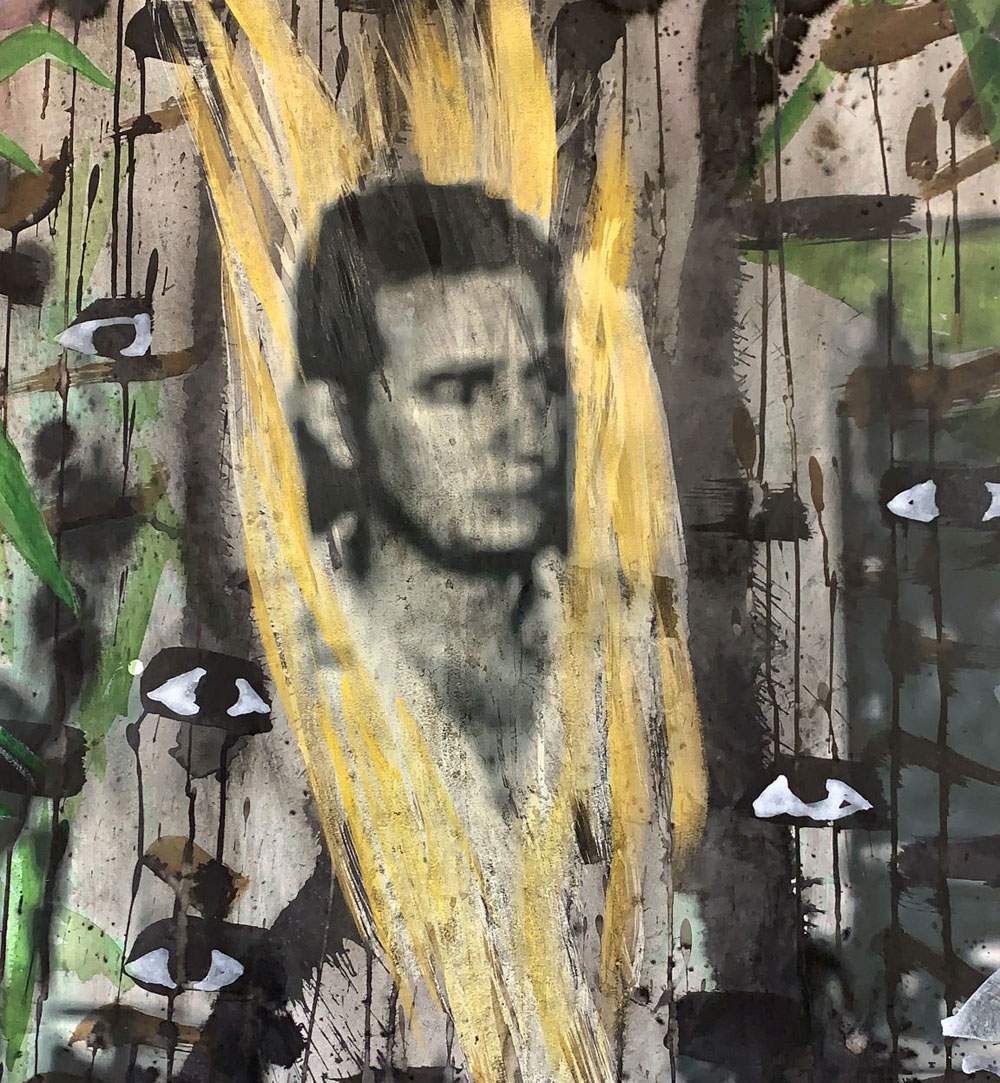In Milan, Galleria Giampaolo Abbondio presents the exhibition Poetry and Revolution, curated by Leda Lunghi, from September 15 to October 30, 2021. On display will be the works of five Italian and international artists (Marìa Magdalena Campos-Pons, Elena Bellantoni, Gianni Moretti, Binta Diaw and Massimo Uberti), spokesmen for apolitical art that expresses itself with the delicacy of poetry.
The exhibition project tells of a spontaneous dialogue of metaphors and values, narrating social changes that are intertwined with the historical sense of utopia and revolution, thus introducing the process of language, history, the dichotomy between past and future, between the importance of memory, the enigma of human fragility and future identity. The revolution is evoked by words, while poetry and art are revelatory of it.
The exhibition starts with the works of María Magdalena Campos-Pons (La Vega, Matanzas, Cuba, 1959) in which her revolutionary essence is found, delicate and melancholy, from which her love for Cuba, her homeland, emerges. The colors and viisible details in her works refer to the telling of stories and legends. It continues with Elena Bellantoni (Vibo Valentia, 1975), who takes inspiration from the film Nostalghia by Russian director Andrei Tarkovsky: the film tells the story of Andrei Gorcakov, a Soviet poet who meets old Domenico, a man considered by all to be insane because, years earlier, he had been locked up in his house for seven years with his family waiting for the end of the world. Through her work, Elena Bellantoni reflects on the months of confinement that have just passed, and in particular on the change this will cause in society.
Gianni Moretti (Perugia, 1978) tells of the revolution of the most fragile and of their courage to face life and the gazes of others in the most adverse conditions, while not falling so as not to become invisible to themselves and to remain united to the primary meaning of life, freedom. Binta Diaw (Milan, Italy, 1995) explores politically, culturally, sociologically the issue of the Ius soli generation and calls through Black powerless work for the recognition of rights for an invisible generation. The result is a choral work, in which the artist takes the cast of the clenched fist of his Afro-Italian peers, an iconic symbol of the identification of black pride, but positioned in reverse, to cry out their powerlessness in the face of society and governments. It concludes with the work of Massimo Uberti (Brescia, 1966), where ancient and contemporary coexist in their purest essences, through the representation of gold and neon: with this, the artist narrates the duplicity of art, “the other side of art,” as written. With these words Uberti describes the universality of the work of art and at the same time its dual meaning of singularity as the work itself, evoked and elaborated by the artist.
For info: www.giampaoloabbondio.com
Hours: Tuesday through Saturday from 11 a.m. to 7 p.m.
Free admission.
Image: María Magdalena Campos-Pons, Carta Natal 7/26/1953 - 7/22/1959 - 7/13/1989 - 7/11/2021, detail (2021; mixed media, 111.5 x 380 cm)
 |
| Milan, poetry and revolution through the works of five artists |
Warning: the translation into English of the original Italian article was created using automatic tools. We undertake to review all articles, but we do not guarantee the total absence of inaccuracies in the translation due to the program. You can find the original by clicking on the ITA button. If you find any mistake,please contact us.